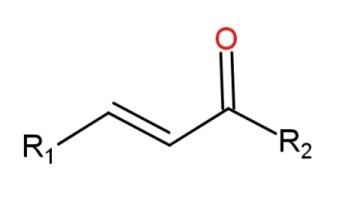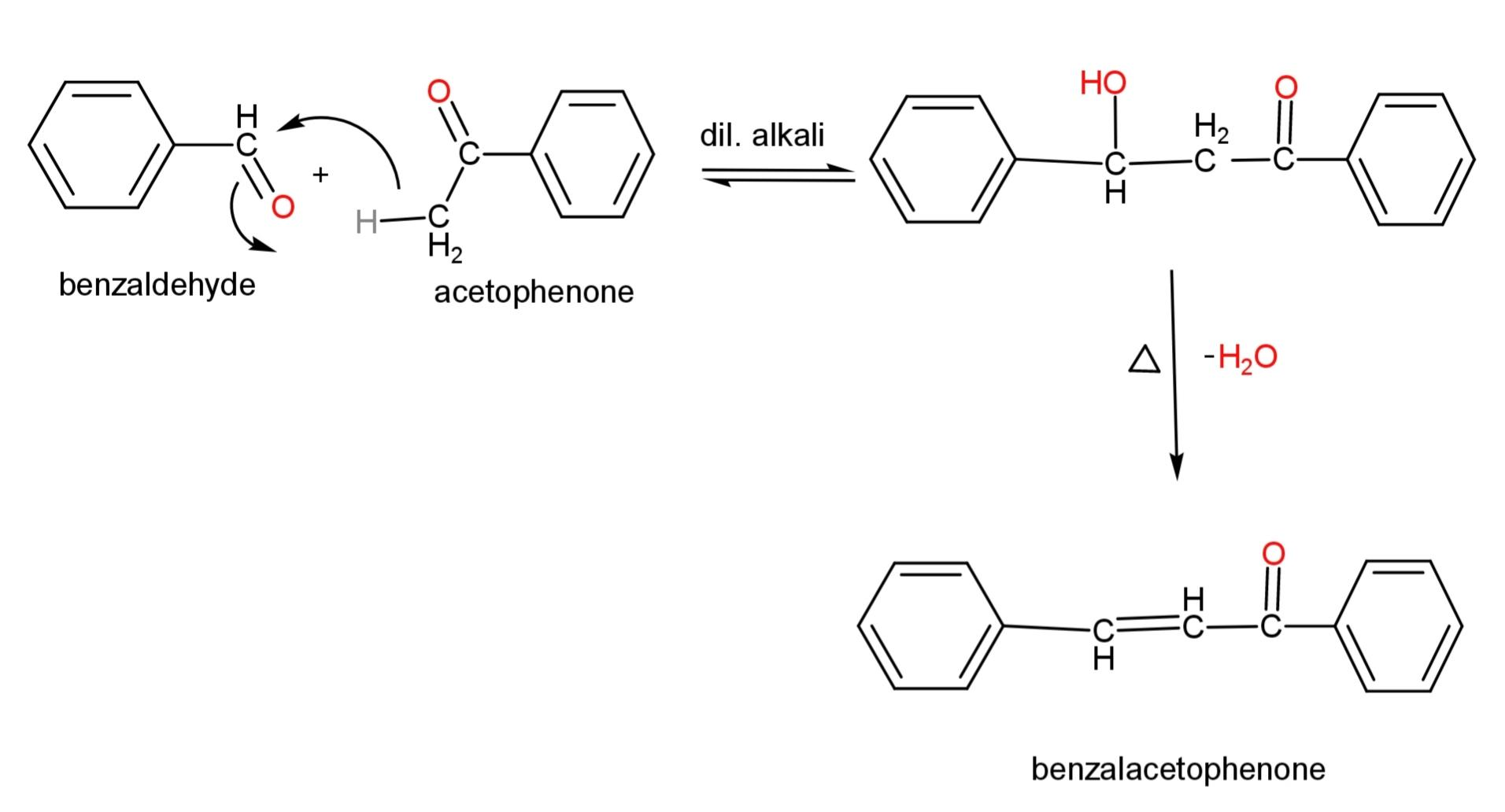
What is an alpha, beta – unsaturated ketone?
Answer
423.9k+ views
Hint: When any functional group is attached in a compound, then the carbon atom that is adjacent to that functional group is called alpha carbon and the hydrogen atoms on that carbon are alpha hydrogen. The carbon that is attached with alpha carbon is called the beta carbon and its hydrogen atoms are beta hydrogen.
Complete answer:
A ketone consists of the functional group called carbonyl group as
 Where R are the alkyl groups
Where R are the alkyl groups
An example of self ketol condensation, where both ketones are same (propanone) is:

An example of cross ketol condensation, where both are different ketone is,

Hence, an alpha, beta – unsaturated ketone has a double bond on
Note:
For the molecules to undergo ketone reaction, it is important that the ketones possess alpha hydrogen, which are the hydrogens present on the carbon which is attached with the ketone group. Alpha hydrogen is acidic and attached with electron withdrawing groups, so the anion formed is stabilized by resonance.
Complete answer:
A ketone consists of the functional group called carbonyl group as

An example of self ketol condensation, where both ketones are same (propanone) is:

An example of cross ketol condensation, where both are different ketone is,

Hence, an alpha, beta – unsaturated ketone has a double bond on
Note:
For the molecules to undergo ketone reaction, it is important that the ketones possess alpha hydrogen, which are the hydrogens present on the carbon which is attached with the ketone group. Alpha hydrogen is acidic and attached with electron withdrawing groups, so the anion formed is stabilized by resonance.
Latest Vedantu courses for you
Grade 11 Science PCM | CBSE | SCHOOL | English
CBSE (2025-26)
School Full course for CBSE students
₹41,848 per year
Recently Updated Pages
Master Class 11 Economics: Engaging Questions & Answers for Success

Master Class 11 Business Studies: Engaging Questions & Answers for Success

Master Class 11 Accountancy: Engaging Questions & Answers for Success

Express the following as a fraction and simplify a class 7 maths CBSE

The length and width of a rectangle are in ratio of class 7 maths CBSE

The ratio of the income to the expenditure of a family class 7 maths CBSE

Trending doubts
State and prove Bernoullis theorem class 11 physics CBSE

What are Quantum numbers Explain the quantum number class 11 chemistry CBSE

Write the differences between monocot plants and dicot class 11 biology CBSE

1 ton equals to A 100 kg B 1000 kg C 10 kg D 10000 class 11 physics CBSE

State the laws of reflection of light

In northern hemisphere 21st March is called as A Vernal class 11 social science CBSE




